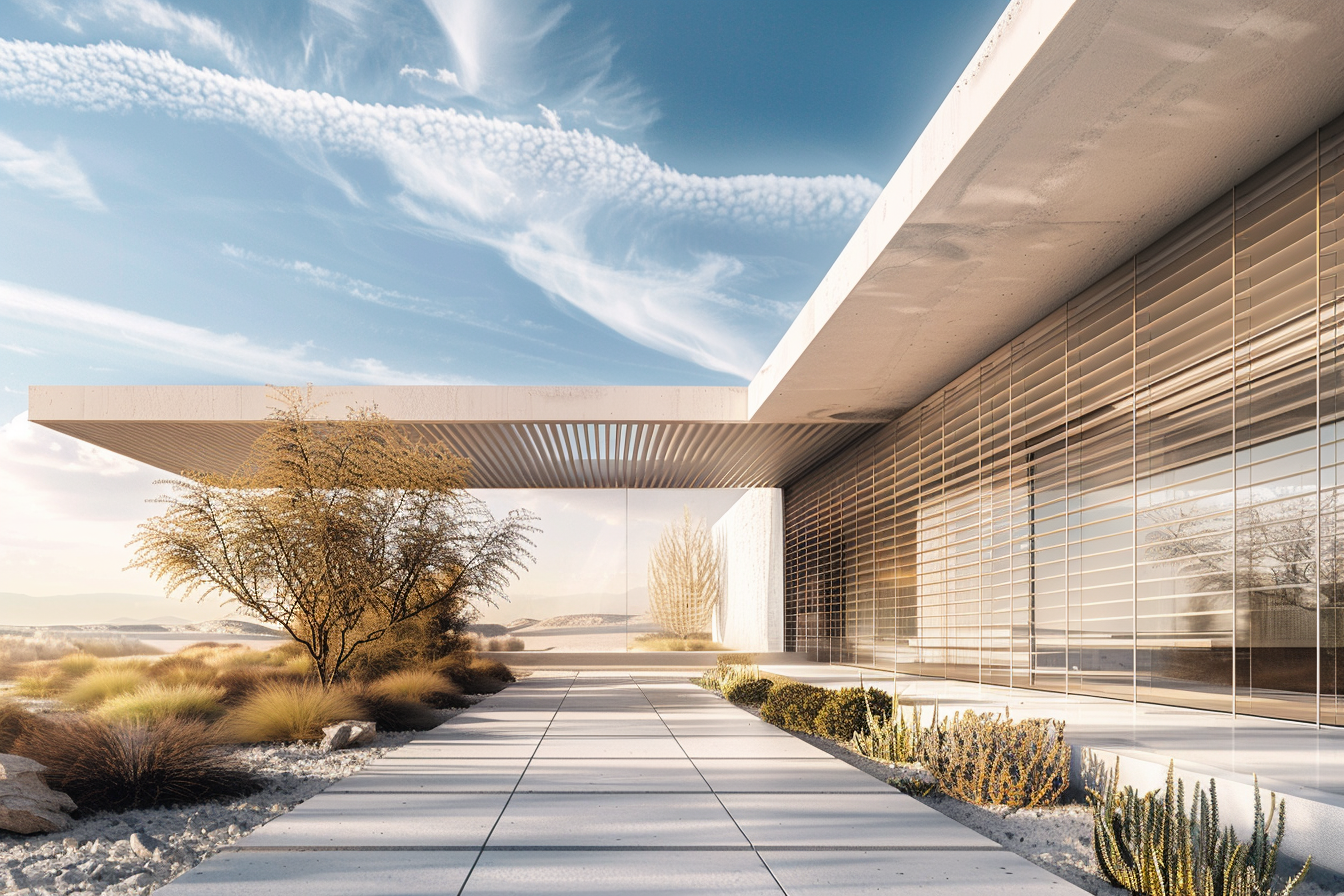Solar Orientation and Control

1. Introduction
Solar orientation is the strategic positioning of a building and its openings (windows, skylights, etc.) in relation to the sun's path. Combined with solar control techniques, it allows architects to harness natural light and heat to enhance energy efficiency and user comfort. As sustainability becomes central to design thinking, understanding solar orientation is no longer optional—it’s foundational. For recent graduates, mastering this topic bridges the gap between theoretical knowledge and practical design performance. This article offers a structured exploration of solar orientation and control, focusing on maximizing benefits (such as daylighting and passive heating) and minimizing drawbacks (like glare and overheating).
2. Understanding the Sun PathSolar Geometry Basics
The sun moves across the sky in a predictable pattern that varies with geographic location and season. Key solar terms include:
- Solar altitude angle: the sun’s height above the horizon
- Solar azimuth angle: the compass direction from which the sunlight is coming
- Equinox and solstice paths: seasonal variations in sun angles
Red Visual Aid Suggestion: Include a solar diagram showing sun paths for summer and winter at different latitudes.
Tools for Analysis
- Climate Consultant (UCLA)
- Ladybug Tools (for Grasshopper)
- Sun Path Diagrams from local meteorological data
Pro Tip: Experienced architects often overlay sun path diagrams over site plans early in the design phase to preempt costly shading corrections later.
3. Principles of Solar Orientation by Hemisphere
Northern Hemisphere Guidelines
- Orient main facades to the south for maximum winter sun and minimal summer gain
- Use vertical fins or horizontal louvers depending on orientation
Southern Hemisphere Guidelines
- North-facing orientations serve the same role as south-facing in the northern hemisphere
Equatorial Climates
- Focus on shading and ventilation, as consistent sunlight and high humidity dominate
4. Solar Control StrategiesArchitectural Features
- Overhangs: sized based on window height and sun angle
- Brise-soleil: permanent architectural shading elements
- Screens and Shutters: adjustable systems that also offer privacy
Glazing Technologies
- Low-E coatings: reduce infrared and ultraviolet light
- Spectrally selective glazing: tailored for solar gain or rejection
Interior Controls
- Blinds and curtains: last-resort shading that complements external solutions
Pro Tip: Avoid deep balconies on west facades without shading—they trap heat and often reduce natural ventilation.
5. Daylighting Optimization Solar orientation directly impacts interior light quality. Strategic window placement can reduce reliance on artificial lighting by up to 60%.
Best Practices
- Prioritize north-facing glazing in southern hemisphere and south-facing glazing in northern hemisphere for diffused light
- Minimize east- and west-facing windows or use vertical shading
Metrics to Monitor
- Daylight Factor (DF): percentage of outside light available indoors
- Useful Daylight Illuminance (UDI): preferred range (100–2,000 lux)
Pro Tip: In schools and hospitals, orientation-driven daylighting significantly improves well-being and performance.
6. Thermal Comfort and Passive Heating Proper orientation can reduce HVAC loads significantly:
- Passive solar heating in cold climates via thermal mass (e.g., concrete, stone) on sun-facing facades
- Cross-ventilation planning in warmer regions using window placement
Pro Tip: Use dense materials like concrete floors near south-facing windows to store heat during winter days and release it at night.
7. Case StudiesCase Study 1: Bullitt Center, Seattle (Miller Hull Partnership)
- South-facing facade maximizes solar PV collection and daylight
- Deep roof overhangs and automated blinds manage summer gain
- LEED Platinum and net-zero certified
Case Study 2: Eastgate Centre, Harare (Mick Pearce)
- Inspired by termite mounds, it leverages orientation for stack ventilation
- Minimizes HVAC need by using shading and passive thermal regulation
- Performs 90% better in energy use than comparable buildings
Case Study 3: Jean-Marie Tjibaou Cultural Center, New Caledonia (Renzo Piano)
- Orientation aligns with prevailing breezes
- Uses operable wooden louvers and passive cooling techniques
- Celebrated for blending tradition with climate sensitivity
8. Contextual ConsiderationsUrban vs. Rural
- Urban: restricted solar access due to neighboring structures
- Rural: more freedom to rotate and position buildings
Climate-Specific Approaches
- Hot-arid: small windows, thick walls, shaded courtyards
- Humid-tropical: large overhangs, high ceilings, cross ventilation
- Cold: maximize southern exposure, minimize northern heat loss
Budget and Scale
- Larger projects can afford automated shading systems
- Small residential projects benefit from passive elements like trellises and vegetation
Pro Tip: In low-budget projects, landscape elements like deciduous trees can provide seasonal solar control at minimal cost.
9. Conclusion Solar orientation and control are fundamental to passive design. When effectively implemented, they reduce energy costs, enhance occupant comfort, and promote sustainability. For recent graduates, developing an instinct for reading sun paths and designing accordingly sets the foundation for high-performance buildings. Understanding these strategies isn’t just about meeting codes or certifications—it’s about designing spaces that are intelligent, contextual, and responsible. As energy efficiency becomes increasingly vital, mastering solar orientation is an essential step in becoming a climate-conscious designer.